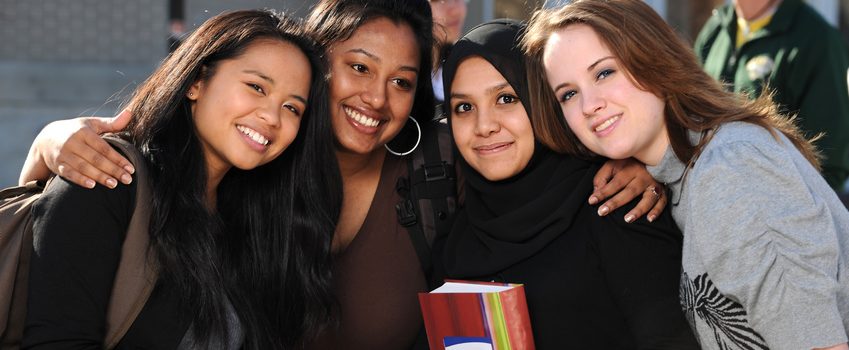Teachers are always looking for new ways to challenge their students to engage their critical thinking skills. Critical thinking requires more than regurgitating facts. It requires students to analyze, reason, predict, communicate ideas, and problem solve. Students need these skills to build a foundation to hold them through higher learning and into their careers.
Teachers can include critical thinking questions within assignments to create more innate responses and encourage students to analyze their own work and progress. Critical thinking questions at the end of a unit are also important, so students really think about what they’ve learned. After students reflect and analyze, they can set learning goals.
Teachers can model critical thinking by showing how they assess and reflect on their own lesson plans. They can describe for students what worked or didn’t work for a specific lesson and what they want to adjust the next time they teach the lesson. This shows students how these kinds of analysis can be used beyond the classroom walls by adult professionals.
Teachers can encourage and teach critical thinking in small ways each day. Students can report three things they learned during the day’s lesson, or teachers can pose a question each day for the students to ponder. Encourages students to dig deep and explain not only what they learned, but how these new skills and concepts will be built upon as they go along in their studies.
It’s important for students to go beyond fact based questions and answers. They need to develop their critical thinking skills to reach higher levels of learning and understanding. By introducing these skills in the form of self-reflection about their studies, critical thought will become a regular part of every students’ growth in school.

